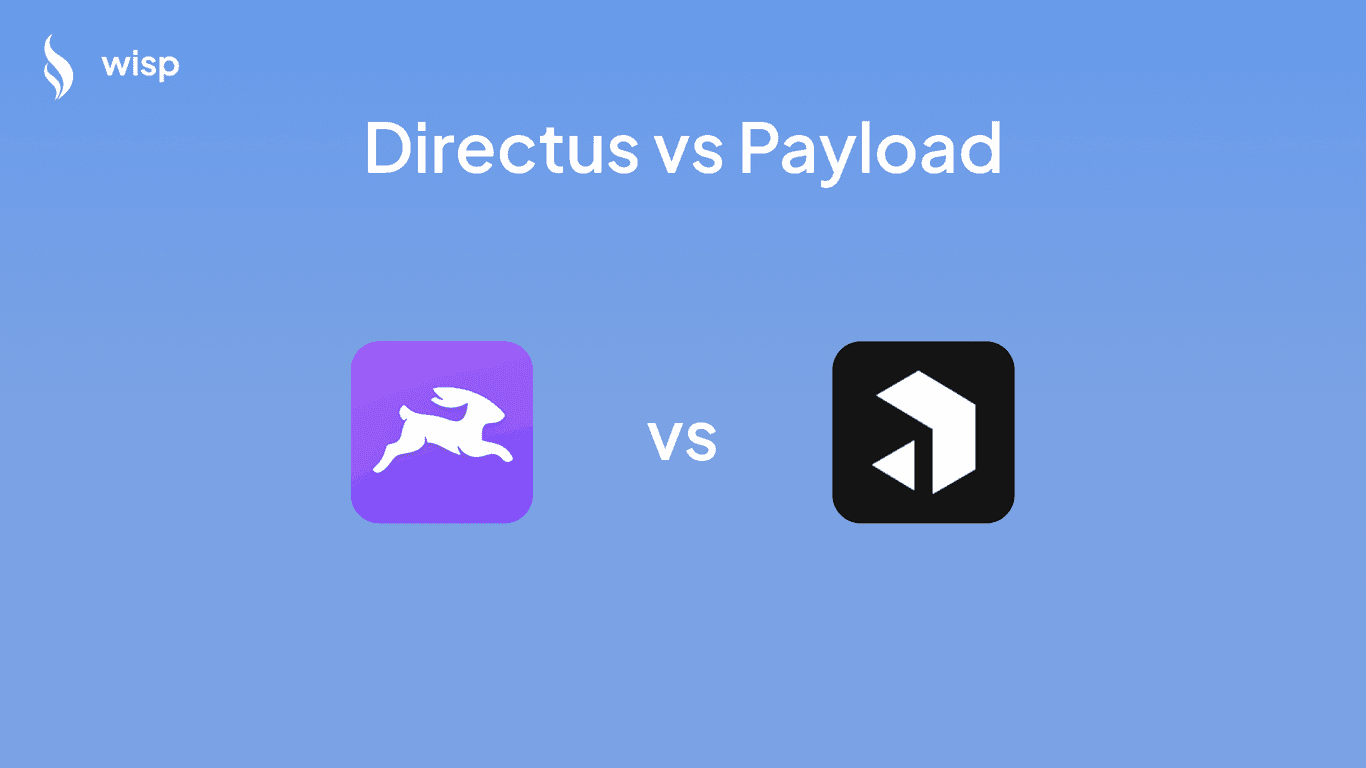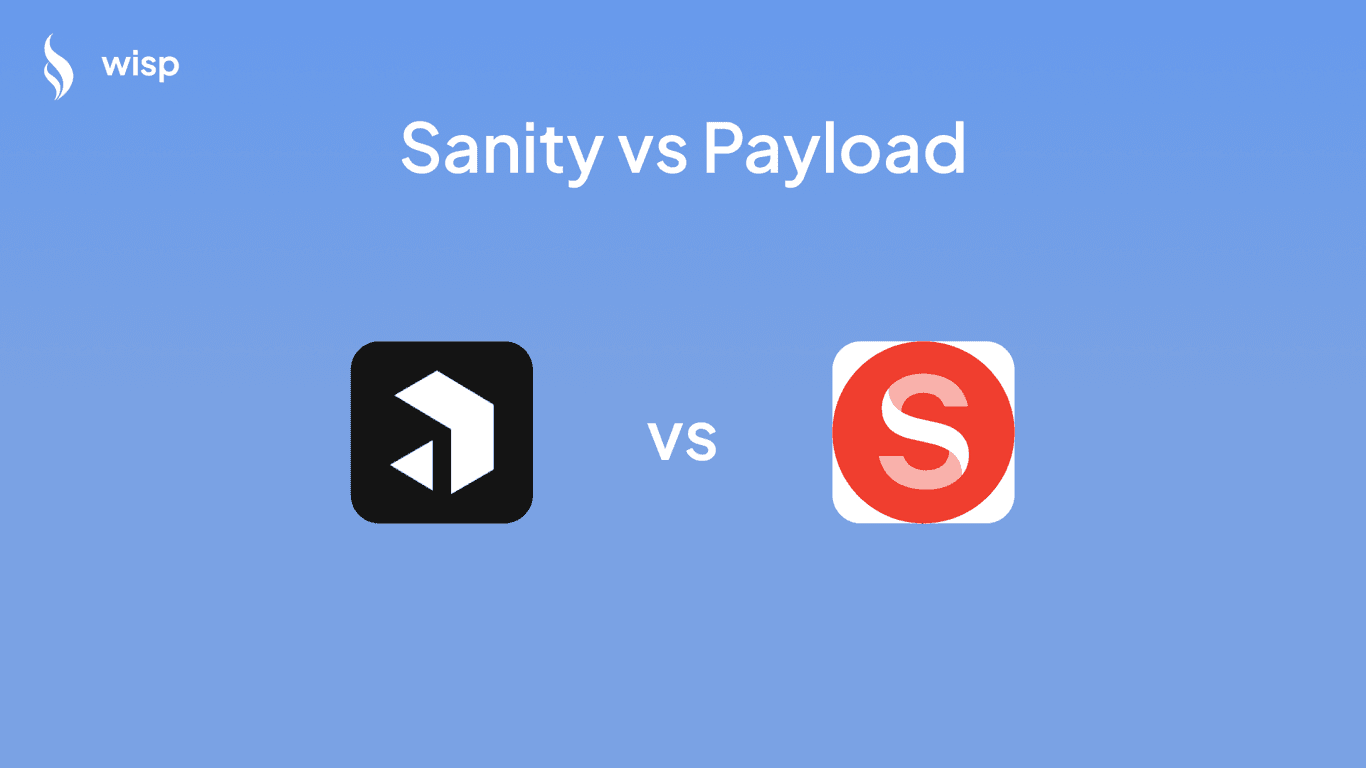
Introduction
Headless content management systems (CMS) platforms are gaining significant traction for their flexibility and efficiency. Among the popular choices are Strapi and Payload, both known for their robust features and developer-friendly environments.
This article aims to provide a detailed comparison of Strapi and Payload as of 2024, exploring their features, performance, scalability, and more.
Overview of Strapi CMS
Strapi is an open-source headless CMS that has quickly become a favorite among developers. Since its inception, Strapi has been lauded for its flexibility, extensive customization options, and strong community support.
Key Features
Open-source: Strapi is free to use and highly customizable, making it an attractive option for developers looking to tailor their CMS to specific needs.
Customizable: With a plugin system and API-first approach, Strapi allows for extensive customization and extension of functionalities.
Multiple Database Support: Strapi supports various databases including PostgreSQL, MongoDB, SQLite, and MySQL, offering flexibility in data management.
Community and Support: Strapi boasts a strong community with extensive documentation, forums, and regular updates.
Common Use Cases
Strapi is known for its use in building APIs, managing content for websites and mobile applications, and creating custom backends for projects of various scales.
Recent Updates and Features in 2024
In 2024, Strapi introduced several new features including enhanced content editing experiences, draft and publish workflows, and improved security measures. These updates aim to make content management more intuitive and secure.
Overview of Payload CMS
Payload is a modern headless CMS designed with a developer-first approach. Built primarily with TypeScript and React, Payload aims to provide a seamless experience for developers and content creators alike.
Key Features
Developer-first Approach: Payload is built to be extendable and flexible, catering to the needs of developers with a focus on code quality and performance.
Built with TypeScript and React: This choice of technology stack ensures a robust and modern development experience.
Robust API and Real-time Collaboration: Payload offers a powerful API and real-time collaboration features, making it ideal for dynamic content management.
Ease of Use and Deployment: With straightforward setup and deployment processes, Payload simplifies content management for both small and large teams.
Common Use Cases
Payload is commonly used for building fast and scalable APIs, managing content for websites and applications, and creating custom solutions that require a high degree of flexibility.
Recent Updates and Features in 2024
In 2024, Payload introduced significant updates including native Next.js support, enhanced real-time collaboration tools, and improved migration support, enhancing its usability and performance.
Usability and User Experience
Admin Interface Comparison
Both Strapi and Payload offer intuitive admin interfaces designed to streamline content management. Strapi’s admin panel is highly customizable, allowing users to configure it to their needs. Payload also offers a developer-friendly UI with real-time collaboration features.
User Feedback and Reviews
User reviews for both platforms highlight their strengths and areas for improvement. Strapi users appreciate its flexibility and extensive community support but sometimes find the learning curve steep. Payload users commend its developer-first approach and ease of use but note that it is relatively new and still evolving.
Documentation and Community Support
Strapi benefits from a mature and active community with extensive documentation and numerous plugins. Payload, while newer, is building a strong community with detailed documentation and active development on GitHub.
Customization and Extensibility
Plugins and Extensions Availability
Strapi offers a rich ecosystem of plugins and extensions, allowing developers to add functionalities easily. Payload also supports plugins and is designed to be easily extendable, though its plugin ecosystem is still growing.
APIs and Development Flexibility
Both platforms provide robust APIs that facilitate extensive customization and integration with other tools. Strapi’s API-first approach ensures that all functionalities are accessible via API, while Payload’s use of TypeScript and React provides a modern and flexible development environment.
Real-world Examples of Customization
Strapi has been used in various complex projects ranging from e-commerce platforms to enterprise applications. Payload, with its modern tech stack, has been adopted for building high-performance web applications and dynamic content platforms.
Performance and Scalability
Performance Benchmarks
Performance is a crucial factor for any CMS. Benchmarks indicate that both Strapi and Payload perform well under load, with Payload showing particular strength in real-time data handling and Strapi excelling in API response times.
Scalability for Large-scale Projects
Both platforms are designed to scale, but user feedback suggests that Payload’s architecture may offer better scalability for real-time applications. Strapi’s scalability is robust but may require more fine-tuning for very large implementations.
User Reviews on Performance
Users generally report positive experiences with both platforms in terms of performance. Strapi users appreciate its quick API responses, while Payload users highlight its efficient real-time data handling capabilities.
Pricing and Cost
Free and Paid Versions
Strapi offers a free open-source version with additional paid plans for enterprise features and support. Payload is also open-source with premium features available for larger teams and enterprises.
Cost Comparison for Enterprises
For enterprises, the cost will vary based on the required features and support levels. Strapi’s enterprise plans are tailored for larger organizations needing advanced functionalities and dedicated support. Payload offers competitive pricing with a focus on developer efficiency and scalability.
Value for Money
Both platforms offer good value for money, with Strapi’s extensive community and ecosystem providing a cost-effective solution, and Payload’s modern approach and features offering exceptional value for development-focused teams.
Security and Maintenance
Security Features
Security is a top priority for both platforms. Strapi includes built-in security features such as role-based access control and customizable permissions. Payload also emphasizes security with features like encrypted fields and secure authentication mechanisms.
Maintenance and Updates
Both Strapi and Payload have active development teams that provide regular updates and patches. Strapi’s mature community also contributes to its robust maintenance cycle. Payload, while newer, is rapidly evolving with frequent updates and improvements.
Community-driven Improvements
Strapi benefits from a large community that actively contributes to its improvement through plugins, bug fixes, and feature requests. Payload, although newer, is building a strong community with active contributions and feedback.
Pros and Cons
Strapi Pros and Cons
Pros:
Highly customizable
Strong community support
Extensive plugin ecosystem
Cons:
Steeper learning curve
May require more fine-tuning for scalability
Payload Pros and Cons
Pros:
Developer-first approach
Modern tech stack (TypeScript and React)
Efficient real-time data handling
Cons:
Newer platform with a smaller community
Growing but still limited plugin ecosystem
Wisp CMS as an Alternative

While Strapi and Payload are both excellent choices, Wisp CMS offers an alternative that focuses on simplicity and editorial experience. Designed for small teams and startups, Wisp CMS provides a clean and intuitive interface, making content creation effortless. Its powerful API and seamless integration with modern JavaScript frameworks make it a strong contender for those seeking a straightforward yet scalable CMS solution.
For those interested in exploring Wisp CMS, you can learn more at Wisp or try the intuitive editor.
Conclusion
Choosing the right CMS depends on your specific needs and the scale of your project. Strapi and Payload both offer robust features and excellent performance, with Strapi being a mature and flexible option, and Payload providing a modern, developer-focused experience. For small teams and startups, Wisp CMS can be an ideal choice with its simplicity and efficiency.



